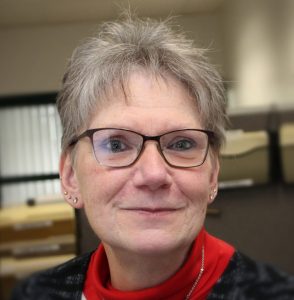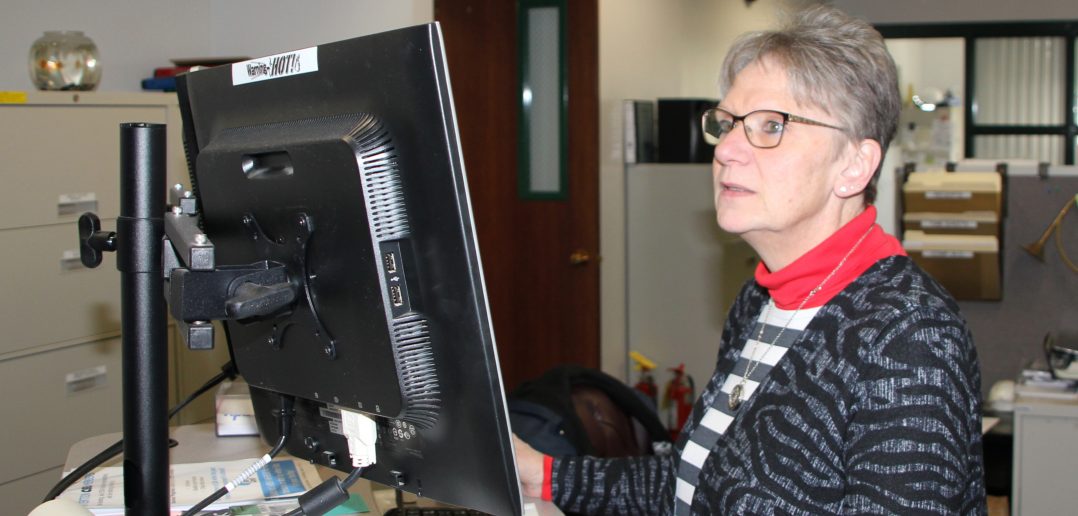
CSEA President Mary E. Sullivan
Every March, we celebrate Women’s History Month to honor women’s contributions in American history, especially when it applies to developing roles in society, business and in the workplace.
In the United States, labor force participation rates for women have deeply affected by traditional gender roles, wartime military service, family commitments, discrimination, changing economy, technological change and by personal decision-making.
Women’s history is still an evolving story, and CSEA and other union women are playing a key role in advancing issues of concern to working women, including social and economic justice, fair pay and benefits, political action and workplace safety and health.
Women are still paid only about 81 cents for every dollar men are paid. The gap is even wider for non-Caucasian women. While our contracts have narrowed this gap for union women, there is still progress to be made. While there are many continuing struggles for equality, the labor movement has made great strides toward a more equal workplace. Union women are paid more, have health benefits and more rights in the workplace than many of their nonunion counterparts.
In CSEA, women comprise more than 60 percent of our union’s membership, with CSEA President Mary E. Sullivan leading the way.
“As we look at Women’s History Month, I think it’s most important that we recognize that it’s the 100th anniversary of the Constitutional amendment that granted women the right to vote,” Sullivan said. “It’s a precious gift that many people fought and even died for. As union women, we should honor their memories by exercising our vote at every opportunity, whether it’s the school board, the local village or county, or in the national elections every November. As women, it’s our right and our responsibility.”
To help advance women and issues of concern to all workers, CSEA women play active roles in our union’s statewide, region, local and unit women’s committees.
CSEA Statewide Women’s Committee Chair Karen Pecora said that one important role for union women’s committees is to continue to advocate for safe and healthy workplaces.
“Our Women’s Committee is focused on the continuing advancement of women in our workforce,” Pecora said. “Health and safety is one of our utmost concerns, so as we recognize the women in our history who have fought for the health and safety of women in our workplaces, we aim to continue that legacy.”

Brenda Campbell
Region women’s committees are also working hard to advance issues of concern to working women.
Steuben County Local activist Brenda Campbell, who co-chairs the Western Region Women’s Committee, said women’s voices are often undermined when workplace policies and contracts are being considered.
“If we are to advance equality for women in the workplace, we need to keep speaking out for equal pay, child and elder care benefits, job security, safe workplaces, affordable health care, and protection from sexual harassment and violence at work,” Campbell said. “Because we are organized, unions are a natural vehicle to get the job done.”
For more information about Women’s Committees in your region, contact your region office.
— Ove Overmyer and Mark M. Kotzin




